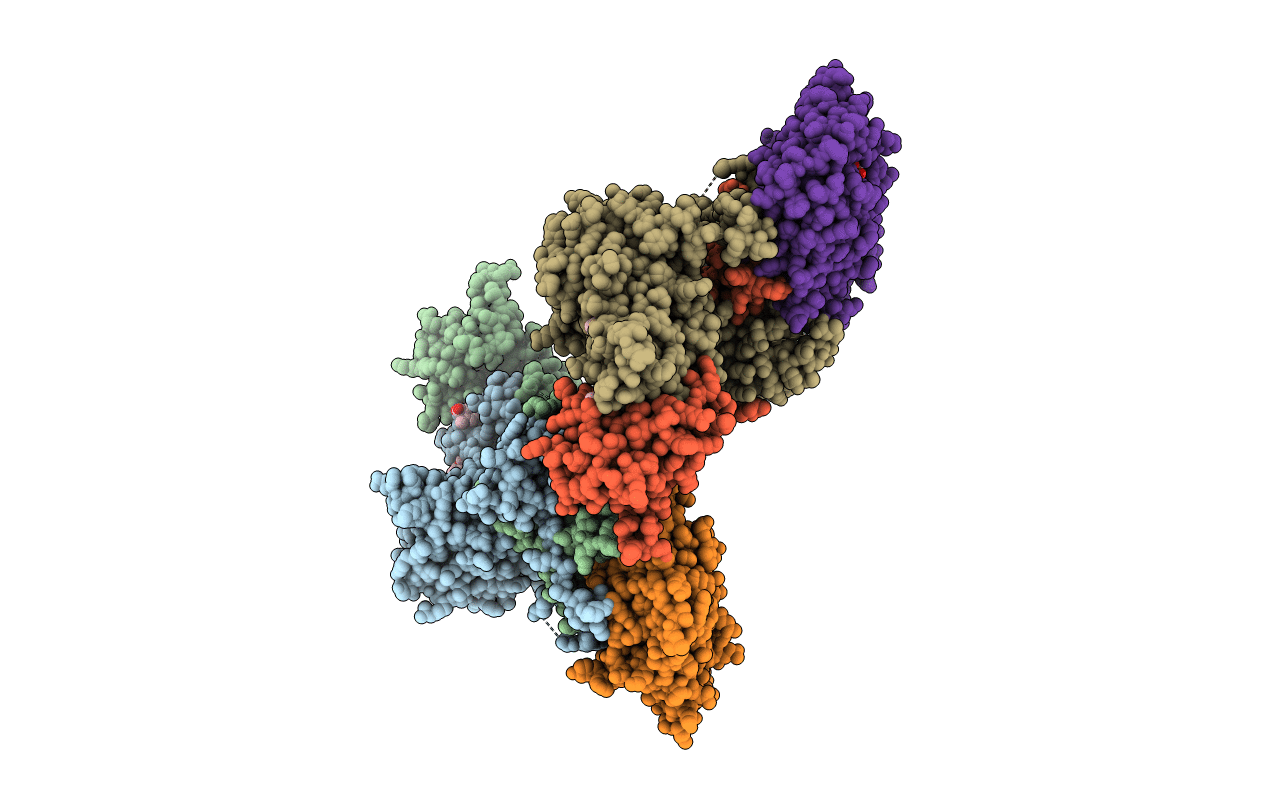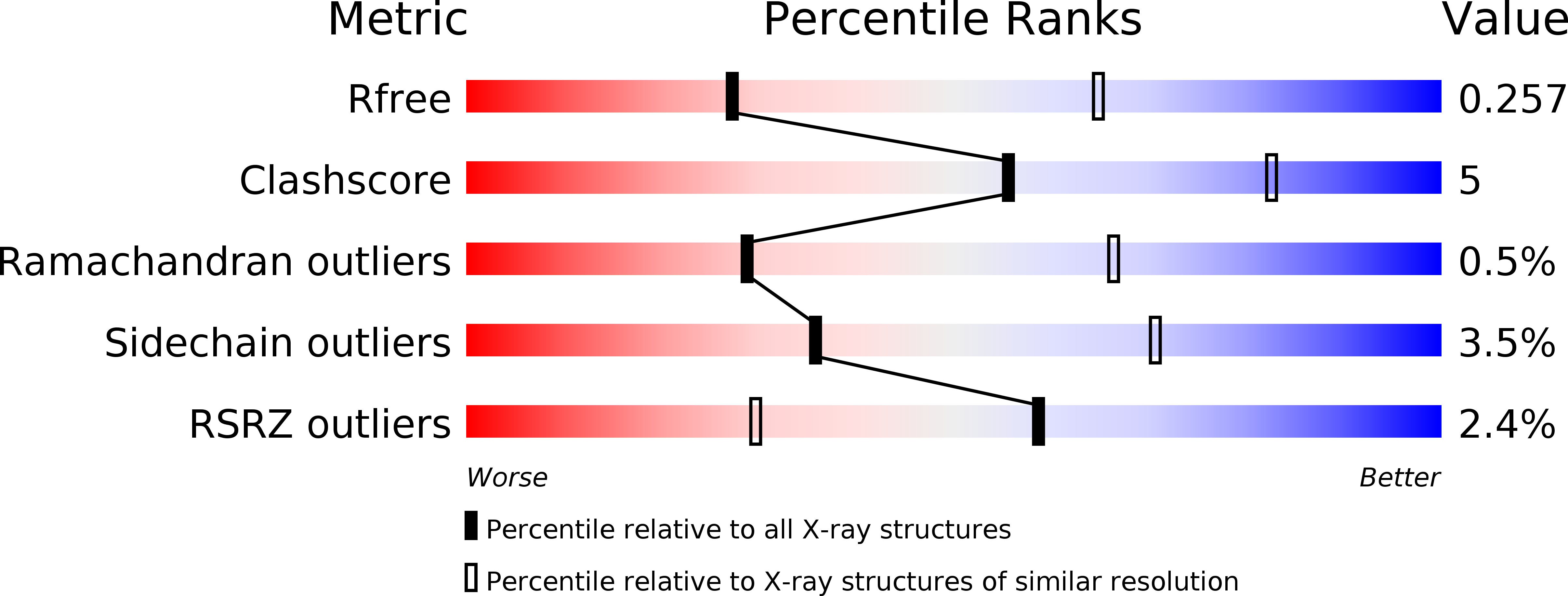
Deposition Date
2013-11-14
Release Date
2013-12-25
Last Version Date
2024-10-16
Entry Detail
PDB ID:
4CFE
Keywords:
Title:
Structure of full length human AMPK in complex with a small molecule activator, a benzimidazole derivative (991)
Biological Source:
Source Organism:
HOMO SAPIENS (Taxon ID: 9606)
Host Organism:
Method Details:
Experimental Method:
Resolution:
3.02 Å
R-Value Free:
0.25
R-Value Work:
0.21
R-Value Observed:
0.21
Space Group:
P 1 21 1


